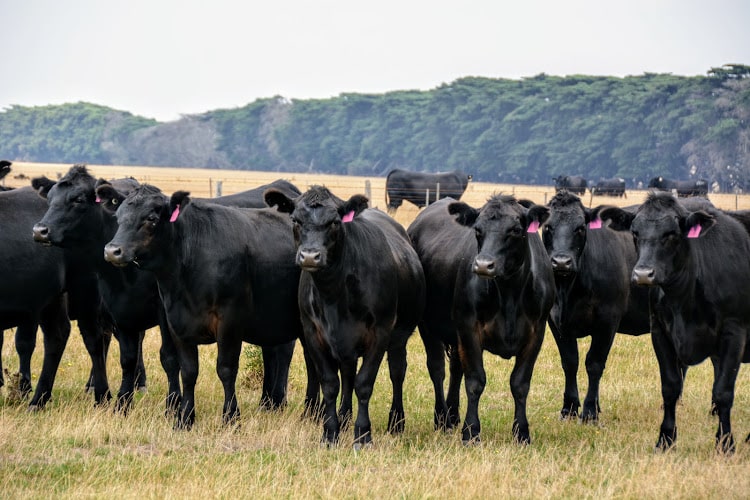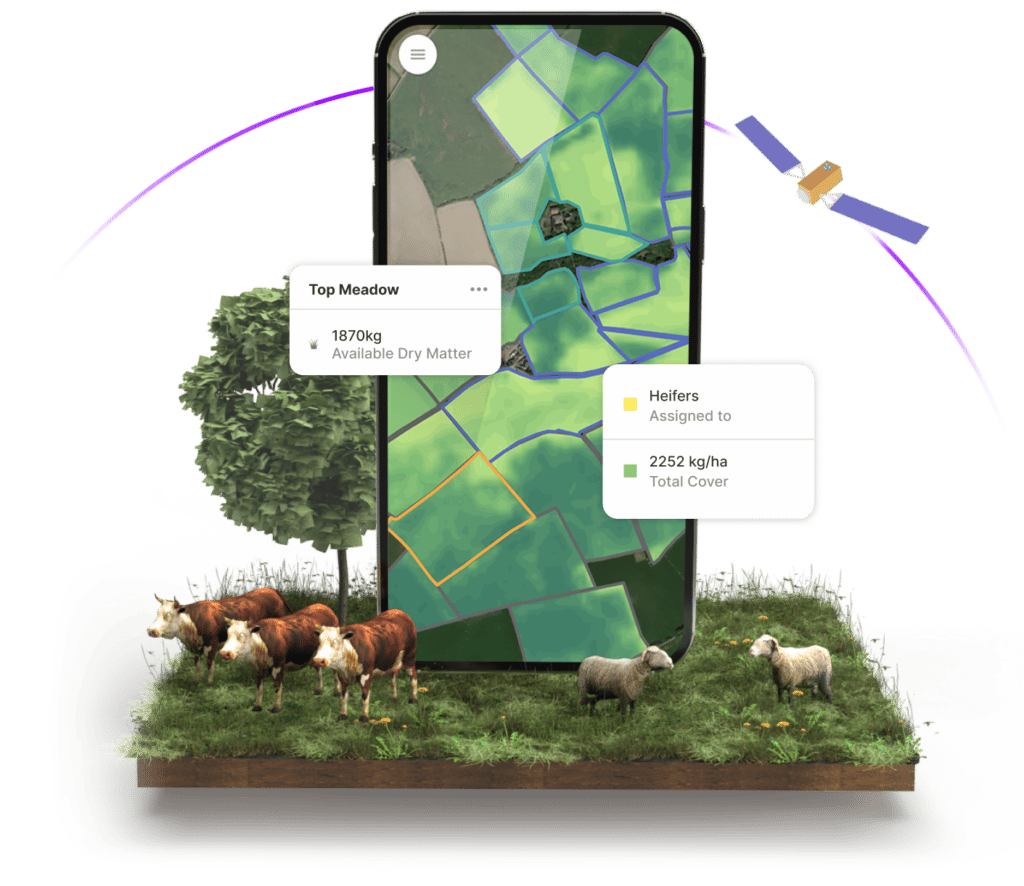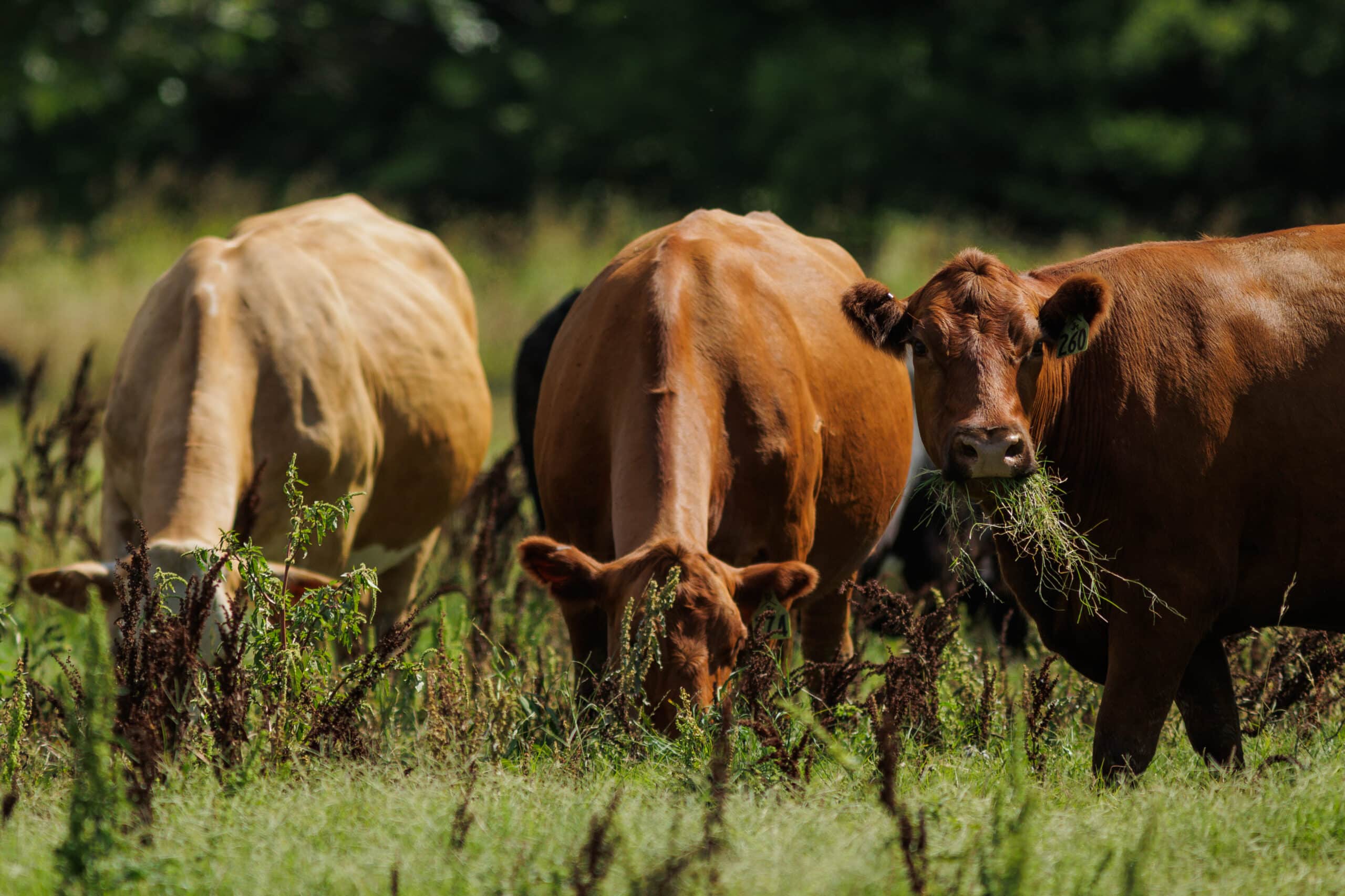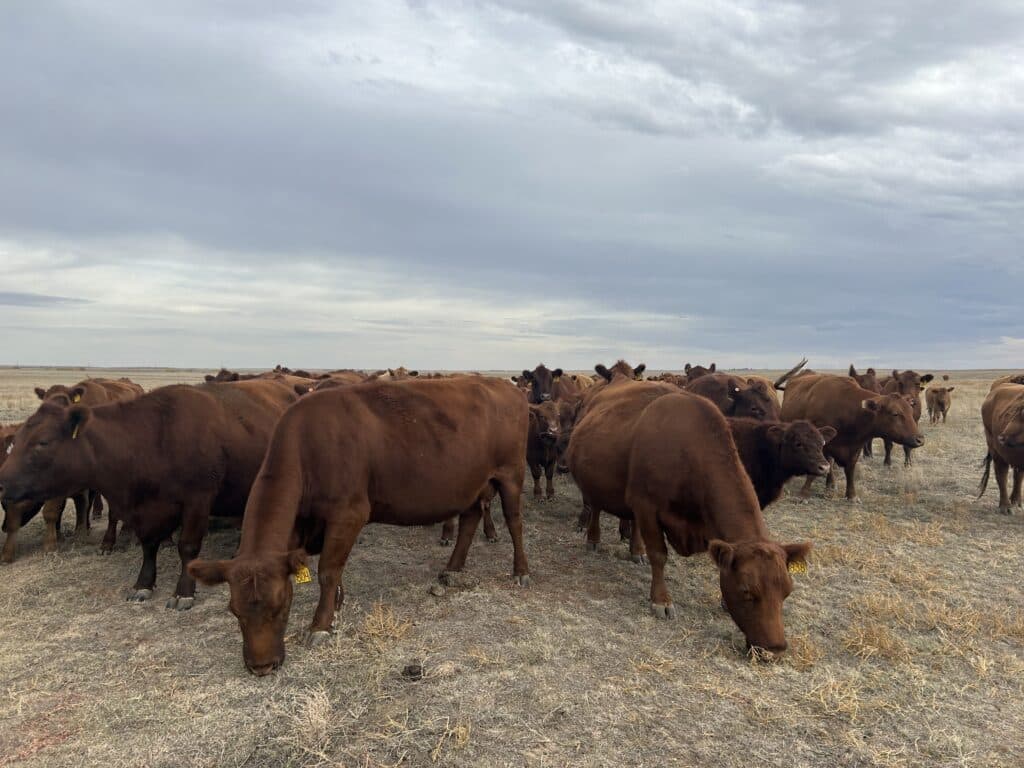Carbon credit or crunch?

Carbon credit or crunch?
We are increasingly hearing about carbon trading and carbon credit programmes that farmers can participate in.
It isn’t always that easy to understand how they work, whether they are bone-fide and if they will impact negatively on other farm projects, such as stewardships. That said, they can look tempting, especially as we rethink business practices and agricultural funding changes.
We thought we would see what it was all about and if, in the UK, there are good options to consider. How can we use the ground beneath us to benefit the environment, our livestock and our farming businesses?
Can we really get to Net Zero?
We hear a lot about Net Zero and the NFU has a goal to reach Net Zero farming by 2040. Net Zero means reducing as much greenhouse gas emissions as possible, and neutralising the rest by drawing down an equivalent amount of carbon. But 2040? That isn’t that many years away. And yet CIEL calculates that the farming sector is still around 40% away from reaching that target. That means we need to look at other ways of helping the environment, so farming is viewed as a sustainable and integral part of the ecosystem.
So, is it viable and how can we make changes to get there?
Is a carbon programme the key to this?
Carbon programmes are a viable way to reduce greenhouse gasses associated with farming practices. CO2 makes up only one of the main GHGs that are connected with environmental degradation and yet programmes can support a reduction in more than just carbon.
How does soil carbon farming help?
These programmes encourage carbon dioxide to be removed from the atmosphere through farm management that can improve soil carbon and water infiltration. They can also encourage more efficient use of fertiliser and improved animal productivity, which also helps bring emissions down. And it means as a farmer, you are setting up the soil to build soil carbon and fertility.
What are carbon credits?
Carbon credits or offsets are essentially proof that you have reduced your greenhouse gas emissions or sequestered carbon in the soil. Any reduction that is additional can be sold.
Not all the carbon credit programmes are the same
There are a number of companies that offer carbon credits. These include Nori, Grassroots and Regrow. ruumi is one such company. Based in the UK, they offer a free grazing app (web, Apple and Android devices) that uses satellite technology and grass growth prediction to enhance grazing decisions. They also run a monetisation option for farmers. Many farmers start with the free grazing app to better understand their situation and then transition to their carbon programme. ruumi currently offers the highest value credits and farmers start making money from the end of the first year. Paddy Long, ruumi’s co-founder says, ‘Our purpose is to help farms get into the most sustainable state possible needing the fewest inputs and generating the largest profits. Farmers gain financial reward for the change, and, our high standards ensure that every certificate issued is robust and long-lasting’.
Everyone and everything wins
Through carbon farming programmes, such as the one offered by ruumi, everyone can benefit. Livestock can benefit through improved welfare and productivity. Farmers benefit from monetising the work they do to reduce Greenhouse Gasses. And they can sell more productive animals and sooner. The environment benefits from fewer emissions in the atmosphere, or better carbon draw-down.
Moreover, with rising costs and worries about how farmers will manage with changes to subsidies, finding ways to cut costs and even to monetise changes to farm operations, is an interesting prospect.
Small changes can make a big difference
Being part of this type of programme doesn’t need to mean that a farm needs to invest in lts of new technology or equipment. Some simple steps can help to work towards a Net Zero target. These include:
- Grazing management
- Planting herbal leys
- Reducing the use of nitrogen-based fertiliser over time
- Planting trees in fields to enhance carbon sequestration and increase welfare for livestock by offering sheltered spots, and supporting biodiversity.
Companies that operate carbon programmes will support farmers over a period of time (such as five years in the case of rummi) to work towards a gradual but effective transition.
The least likely farms might be the most suited to carbon programmes
Farms that are already involved in regenerative farming are helping move the industry towards Net Zero. But what about those that operate in a more traditional way? Carbon programmes can really benefit farms that are practising set-stock grazing, for example. Or those who are using nitrogen-based fertilisers, or are mostly grazing on general grasses.

A good carbon programme will really understand your situation
For example, ruumi conducts a baseline meeting with each prospective farm to better understand the current farming practices and the farm set up – such as the topography and soil type. These meetings are online and take around 1 hour. The more data you have to hand, the quicker it is. A lot of the data from AgriWebb can really help populate the audit. ruumi then works with carbon experts to understand what your farm could potentially achieve in terms of carbon insetting on your farm and what this might be worth. They even do all the soil testing for you. For free.
Are all carbon programmes the same?
There is no global or even national standardisation when it comes to carbon programmes. And that is one of the reasons people are still cautious about the opportunity. There are numerous bodies that look after carbon offset standards. No two function in exactly the same way. In the case of ruumi, it uses the Verified Carbon Standard, the world’s most widely used voluntary GHG programme. It is also one of the most rigorous.
Is now the time to look at carbon programmes?
Carbon programmes don’t work overnight. It takes time to improve soil health, so the sooner you start, the sooner your farm can transition to more sustainable business practices. For example, ruumi’s scheme lasts for five years, although you are rewarded each year during that period.
The baseline report is really important so you can later demonstrate the changes you made, so doing this will help you understand what’s possible.
And the move to more sustainable farming is inevitable, so why not get rewarded for the changes you make whilst you can?
Can I use AgriWebb to help?
AgriWebb can help on both grazing projects and carbon programmes by offering a way to plan, implement and report on any changes made in farming practices. For example, the grazing or fertiliser data over time, activity of livestock in how they are grazed, etc. It can work hand-in-hand with ruumi to maximise your farm’s potential.
What’s the best way to start?
An initial call with a carbon programme is a good way to understand suitability for the programme. It also helps understand what methods might work best on your farm. Any company that works with carbon programmes should feel like one of your team and advise on the best thing for your farm.
Alternatively, download ruumi’s grazing app to see how they help farmers be more intelligent in their grazing. Then book in a baselining call.
AgriWebb’s Grazing Features
Want a reminder on AgriWebb’s grazing faetures? Click here.
Want to see how AgriWebb is working with key organisations to make it easier for us to reach Net Zero? Click here.


